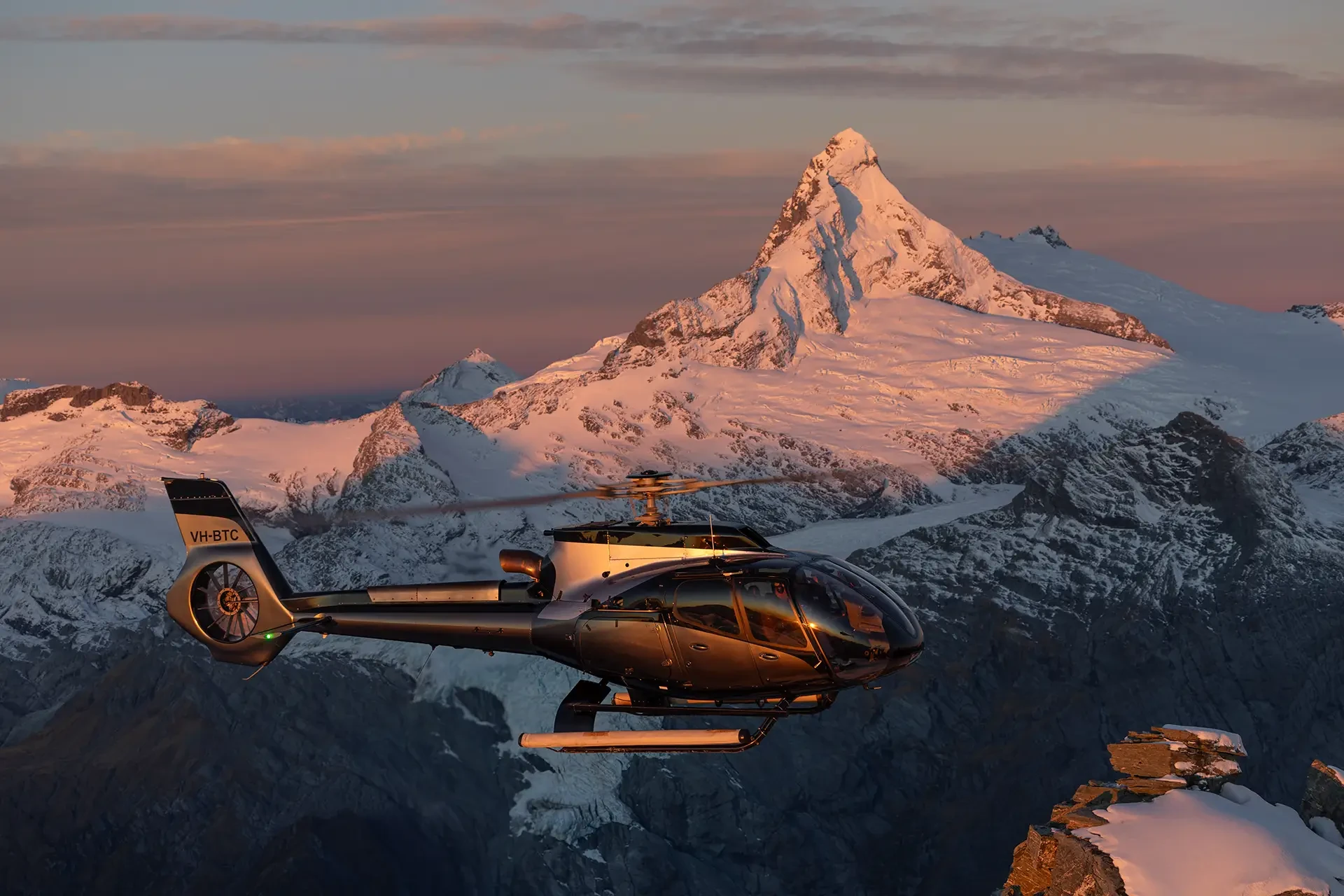During 2026, Jean-Paul (JP) Thorbjornsen intends to complete a north-south circumnavigation of the globe in his Airbus ACH130. He discussed this intrepid undertaking with HeliOps at the recent Airbus fly-in at Wanaka in New Zealand.
JP Thorbjornsen is an accomplished pilot, having served a decade as a pilot in the Royal Australian Air Force. He then resigned from the RAAF to concentrate his energies in the cryptocurrency industry, which he recognized as the future of finance. He ditched all social media and applied a laser focus on the Bitcoin and Crypto business for 11 years, spending several years with his partners establishing a large protocol for the crypto market, that not only operates incredibly successfully, but is a fully autonomous financial services exchange that can now operate with no further input from its creators. “It’s one of Australia’s fastest growing unicorns,” Thorbjornsen stated. “Early on we just had to focus on building the protocol and solve some hardcore problems around the technology space to make it work and become decentralized. With about five of us engineers to build it, it went from zero to around five billion in about two and a half years.” Thorbjornsen does nothing on a short time horizon and remarked that he always considers anything he does on a timeframe of ten years and beyond.
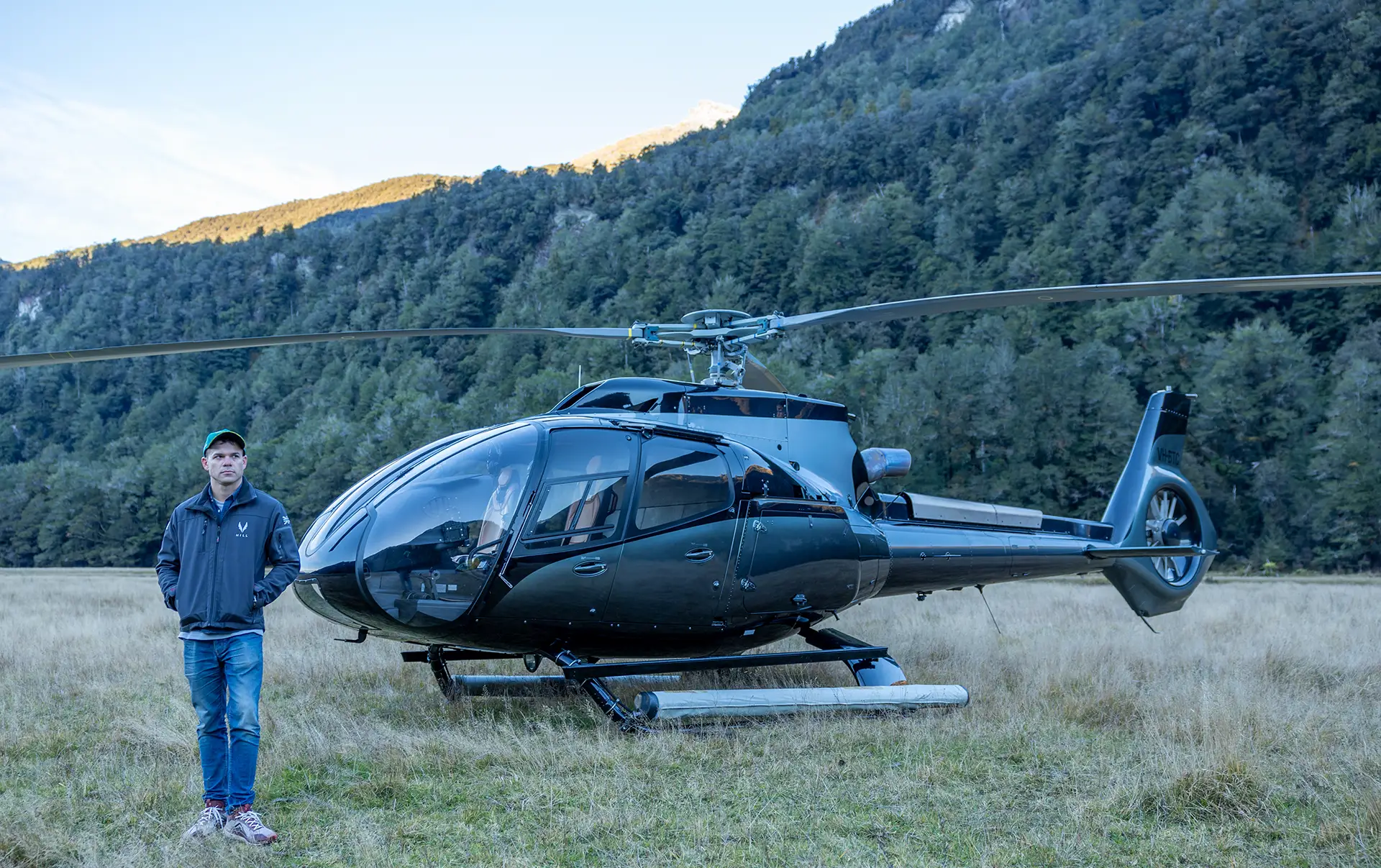
With the protocol up and running successfully by itself, Thorbjornsen now has the time and financial stability to enjoy an enviable lifestyle and his ongoing passion for aviation an example. He outlined what led up to his decision to attempt a polar circumnavigation. “I had the R44 and was in the market for a turbine, so I hit up Airbus and bought the 130, and it was a small up-sell to the Aston Martin edition, which there were zero gaps in getting.” Airbus was ready to ship the new machine to Thorbjornsen in Australia but as he related that around that time, he bought and read Dick Smith’s autobiography. “That was really wild,” he recalled. “He flew his JetRanger around the world from Texas to Texas, flew a Caravan from the North Pole to the South Pole and flew a Sikorsky and a Citation around the world, flew balloons, and this was thirty years ago. He's an absolute legend so I thought, I want to give it a go, so I called up Airbus and told them I’d come and get the aircraft from Oxford.”
Planning
He describes the journey from England to Australia as a three-phase affair. “There was the Europe phase, the desert phase and the Asia phase, and each involved a different style of flying and of thinking about it.” He noted that flying in Europe was very heli-friendly, mostly low-level VFR with little or no requirement for flight plans or strict itinerary schedules. “Then came the desert phase into Egypt, and things were getting really serious. Everything had to be strictly planned, and there was no room for exploration at all. If you touched the skids down anywhere, you’d get chucked in jail. They kept you really high, and it was dusty, so you couldn’t see much,” he explained.
Most countries in that second phase took three days or so to process the necessary approvals to fly through their airspace, but India and Bangladesh took a full four to six weeks to get the required diplomatic support, which created problems through the Asia phase. “The trip kind of came unwound when we got delayed by Bangladesh, and our Indian permit expired. We had to extend our Indian permit for a few more days, and we had only a small window of two or three hours between the new Indian permit coming online and the Bangladeshi permit expiring. Then we went into Myanmar but couldn’t get into Thailand as that permit hadn’t been issued and we weren’t allowed to stay in Myanmar, so we ended up being thrown in jail there for 24 hours,” recalled Thorbjornsen.
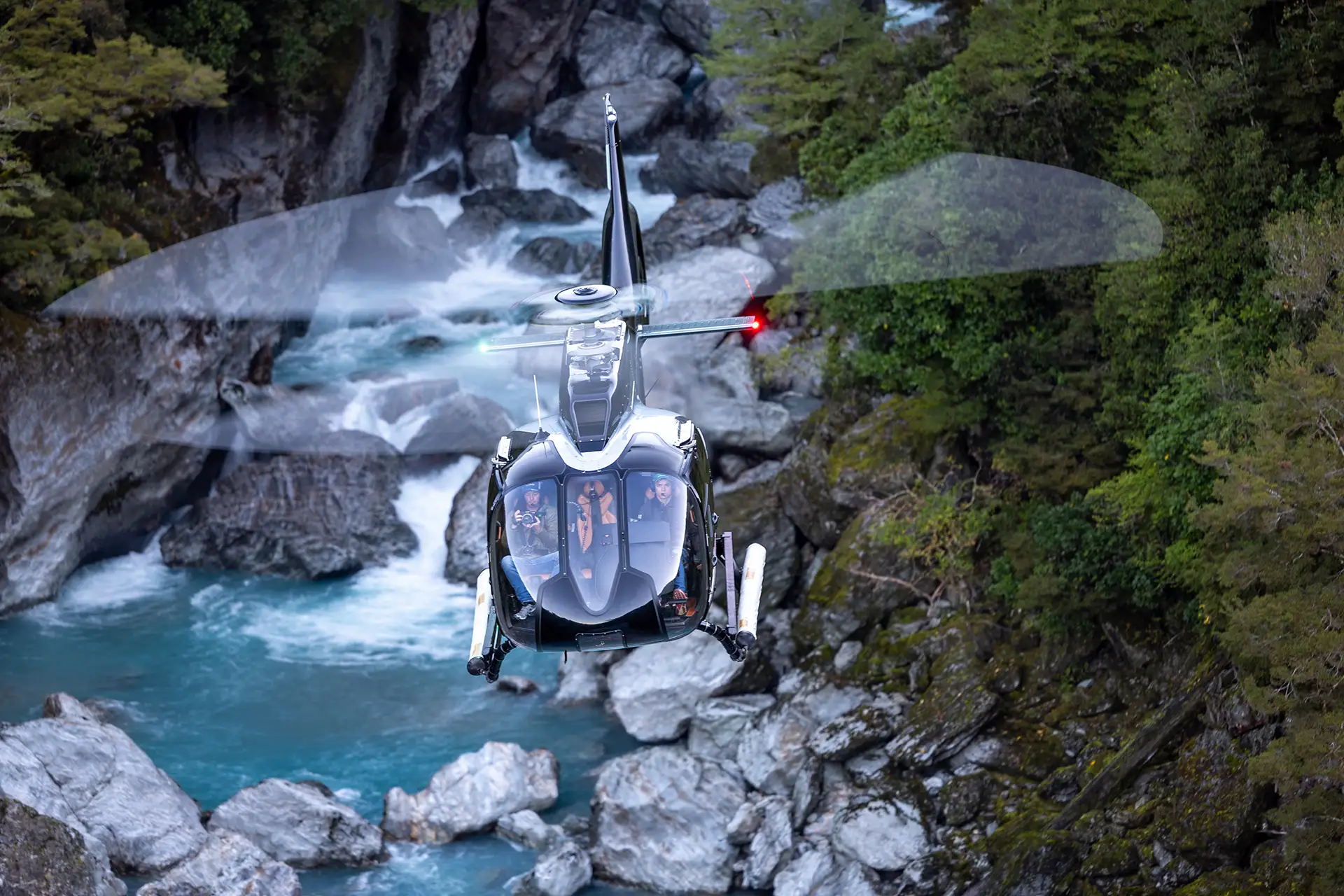
The Thailand permit was held up further when the Thai staff went on their weekend break without completing the processing of the application, so an alternative route through Laos was sought, and the Laos approval came through in 24 hours. “It was a phenomenal trip, getting to see the world from ten thousand feet and below, most times two thousand feet or less. It was on that trip that I realized I wanted to continue and fly around the world.” Thorbjornsen didn’t know initially what such a trip would look like, but after meeting Quentin Smith in England, he had already decided that it would go via the North and South Poles as Smith had done in his R44.
Via The Poles
After some deliberation, Thorbjornsen decided on a route from Australia up past Mt Everest, through East-West Himalayas and up into Europe, Norway, Svalbard, across the North Pole, into Greenland on the American side, down through North, Central and South America, across the Drake Passage and down to Antarctica to cross the South Pole. An original plan was to then head north via Africa but that entailed a 2,000-mile oceanic sector. After talking with Dick Smith, the plan was amended to a flight up the New Zealand claim in Antarctica ahead of a 1,000-mile ocean crossing to the Auckland Islands and then on to New Zealand, through New Zealand and back to Australia.
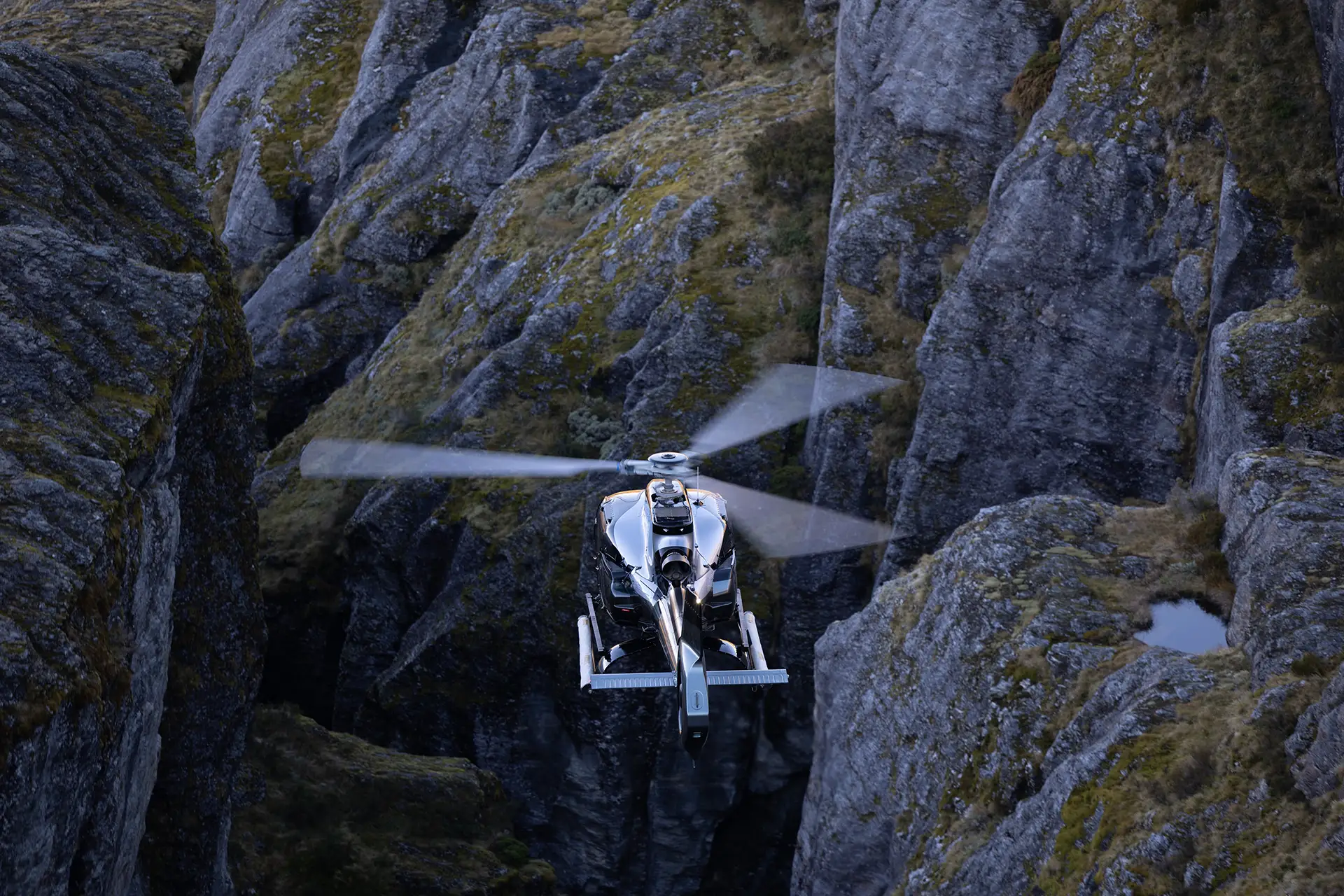
Thorbjornsen originally intended to fly the trip in just his ACH130 with a second pilot but then realized that being able to record the journey effectively would require a second helicopter. “When I took a friend flying up around Tokyo, and he posted it on his social media, everybody loved it, and I realized that people really want to see stuff like this. Initially, I intended to record it just for my own enjoyment, but then thought that if we’re going to do this, we should do it properly. Let’s have a proper gimbal, a camera system and two machines. One machine is to run the gimbal and camera system while the H130 flies.” Recognizing that two machines provide a giant leap in safety and capability, Thorbjornsen contacted Airbus to purchase a new Squirrel (H125). “I want to put the camera on the Squirrel because it has a range budget that the 130 doesn’t have. It’s smaller and faster, so we can strap a gimbal and camera on it without slowing it down too much.”
The 12-18-month delay in obtaining a new Squirrel had to be then factored into the trip’s timing, along with the consideration that the North Pole has to be crossed around April and the South Pole around December. “You need to be able to get the fuel in during summer and then get out before the weather closes in around you,” Thorbjornsen advised. He is adamant that the South Pole crossing be at the end of the trip because the last sectors are by far the most challenging and demanding, so the trip involves a build-up in difficulty and excitement as it progresses. “Those factors preclude us making the North Pole by April 2025, so we’ll go in 2026, with the South Pole being at the tail end of that year,” he explained. “It will take a minimum of six calendar months because we’ll be chasing the summer from the North to the South Pole, and the total distance is around 40,000 nautical miles, with a minimum of 300 to 400 hours of flying.”
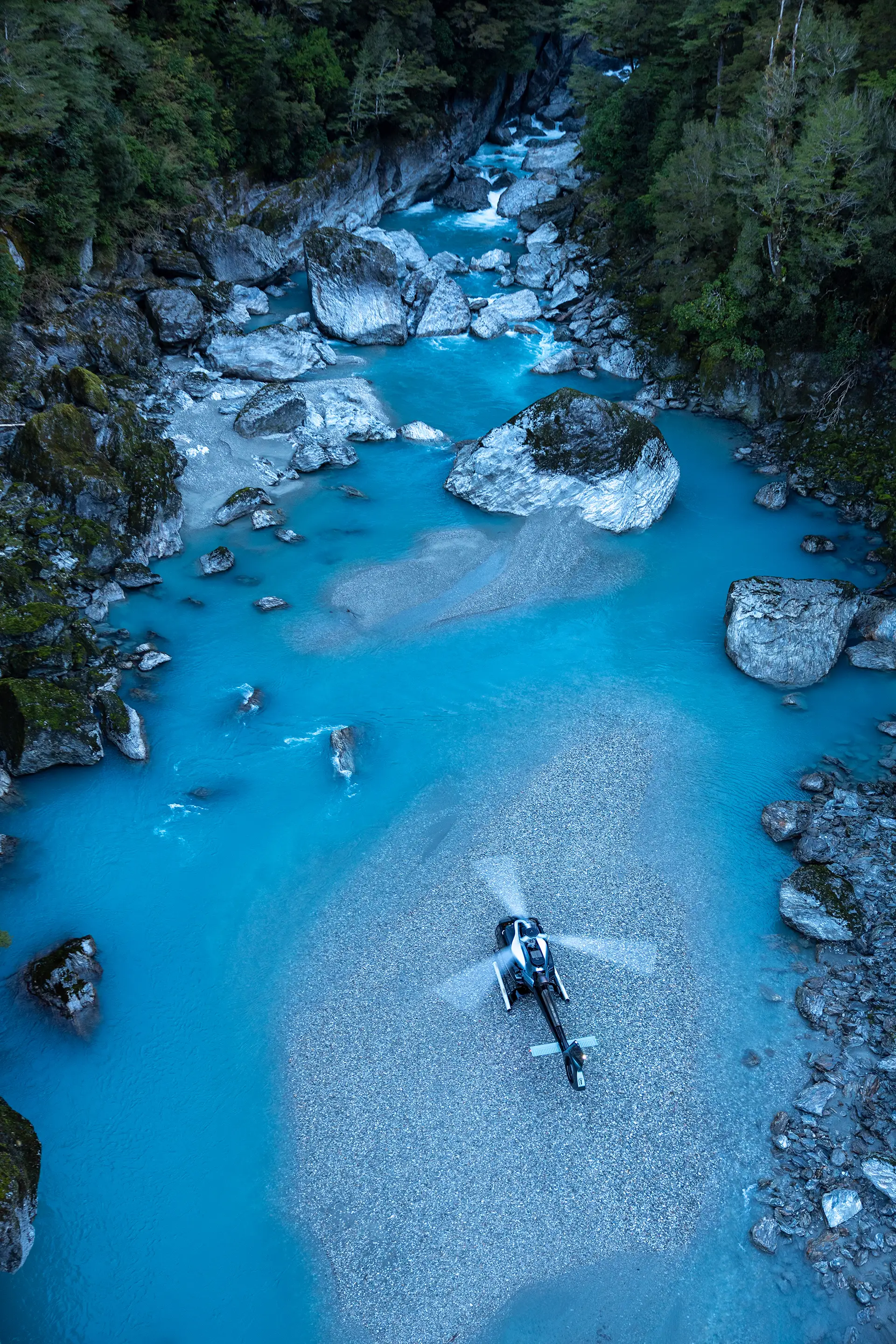
His Air Force background and proven focus make Thorbjornsen an ideal person to take on the challenge, with years of experience in precisely structured and planned activity, considering all eventualities and outcomes. “I know all of it is achievable, and I know exactly what’s required every single step of the way. It’s not an exhausting mission that’s going to intimidate me; it’s something I’m doing for enjoyment, to test myself and challenge myself and the achievement of having done it is the reward,” he opined. Thorbjornsen has been running a Starlink system on the dash of his ACH130 to give continuous internet access and used it to live-stream his journey to the Airbus fly-in from Sydney to Auckland via Lord Howe Island and Norfolk Island. He will use the system to enable live streaming of the circumnavigation on social media and after the trip, with footage from the streams and the camera ship subsequently going into post-production for a wider release as a film.
Challenges
The biggest challenge facing the trip will be obtaining the necessary permits and approvals in and out of some sensitive areas, followed by establishing fuel drops for the longer sectors. Other challenges include selecting the right crew for the journey and obtaining the necessary resources. “We need to work very closely with the management agencies for sensitive areas like the poles; it’s not just a matter of putting in an application,” Thorbjornsen observed. The helicopters will require airports or fuel every 500 miles, and he intends to fly the whole trip on synthetic fuel, as he believes that it is necessary to develop synthetic fuel to permit such future endeavors as journeying to Mars and elsewhere in space. Although synthetic fuel could eliminate reliance on fossil fuels, it is currently very expensive at around ten to twenty times the normal fuel cost. “Being able to fly through sensitive areas in green machines, using green fuel will aid in that permitting process, and it will help show the world that synthetic fuels are ready and globally available,” he pointed out.
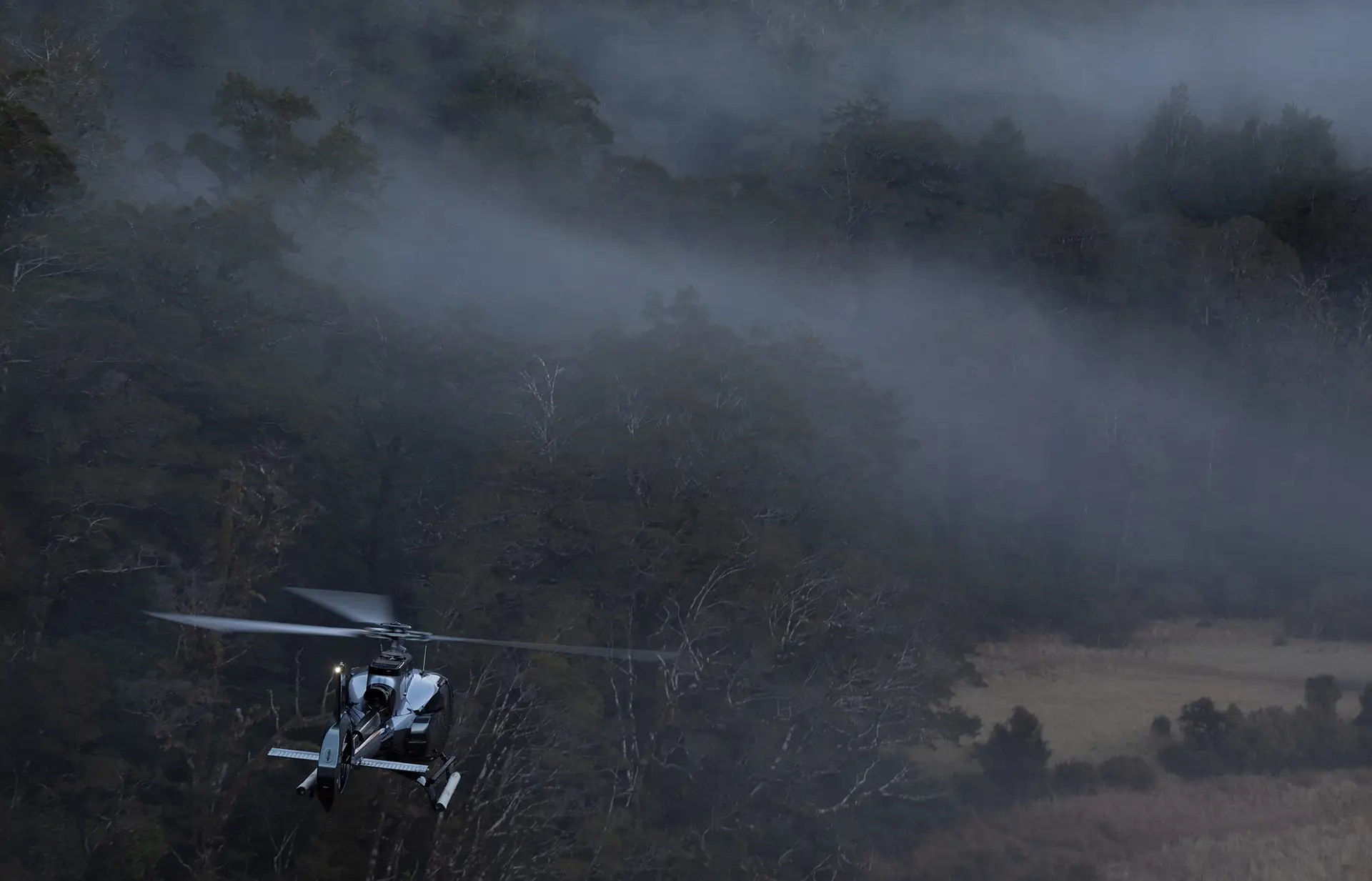
Fuel dumps on land could be airlifted in or air-dropped, and the helicopters will simply need to navigate to the accompanying beacon to locate them. The fuel for oceanic crossings though, will need to be on board ships or barges with 10,000-liter onboard fuel tanks and if the sea-state is too rough to land on the vessels, refueling will have to be carried out in the hover. “There are certainly some problems to solve there, but they’re all solvable.” The crew will consist of four trained pilots, and each aircraft will operate with two pilots. One will be the primary pilot, and the other will act as a camera or gimbal operator. Thorbjornsen has already selected his second pilot, an experienced American female H130 pilot, and he explained that it was a conscious decision to seek an American pilot to make the resulting footage more palatable to an international audience. The choice of a woman was also intentional to show that such endeavors are universally achievable. The third pilot will be Thorbjornsen’s producer, who will be trained to at least PPL(H) level before the journey, and the fourth pilot is yet to be chosen. Thorbjornsen commented, however, that it will most likely be a pilot who can be trained as a camera operator rather than the reverse. “When we go into this crazy kind of journey, I need people who can solve problems from first principles, with a can-do positive attitude,” he stressed.
Building Something

“Now that I can step away from the crypto protocol, I want to build something ten times bigger,” advised Thorbjornsen. “I’ve set my sights on doing this trip and launching a brand called ACEL – short for acceleration – as part of an accelerationist movement to activate humanity, get going and solve hardcore problems. I want to focus on people doing cool things but also stretching the frontiers of what humanity is capable of.” He envisions working to build up his new brand for the next ten years with the aim of growing to match the size, reach and scope of Redbull. Thorbjornsen will certainly not be idle during the two-year gap before the commencement of the circumnavigation. He plans adventurous flying trips to Canada, Nepal, South Africa and Madagascar. “The schedule is packed, and we’ve got a lot of work ahead of us to launch this brand, grow the movement and grow the audience for this type of content.”
The entire world effectively decelerated coming out of Covid and Thorbjornsen commented, “Social media and this infinite content machine through A.I. that’s coming downrange could threaten to ‘zombify’ a lot of humanity. To spread out beyond this planet, we need smart people doing smart things and building stuff. I think it will work well having a mixed team of pilots as it works in with the main message of the trip, which is basically the activation of humanity. In other words, getting out and having a crack. At first, I just wanted to fly around the world, but it’s too valuable an opportunity to not also spread a positive message. We’re not raising money for charity; we’re just trying to spread a message that there are some hardcore problems that need to be solved, and we’re not going to solve them unless we’re out there being optimistic about the future, learning, moving and creating.”
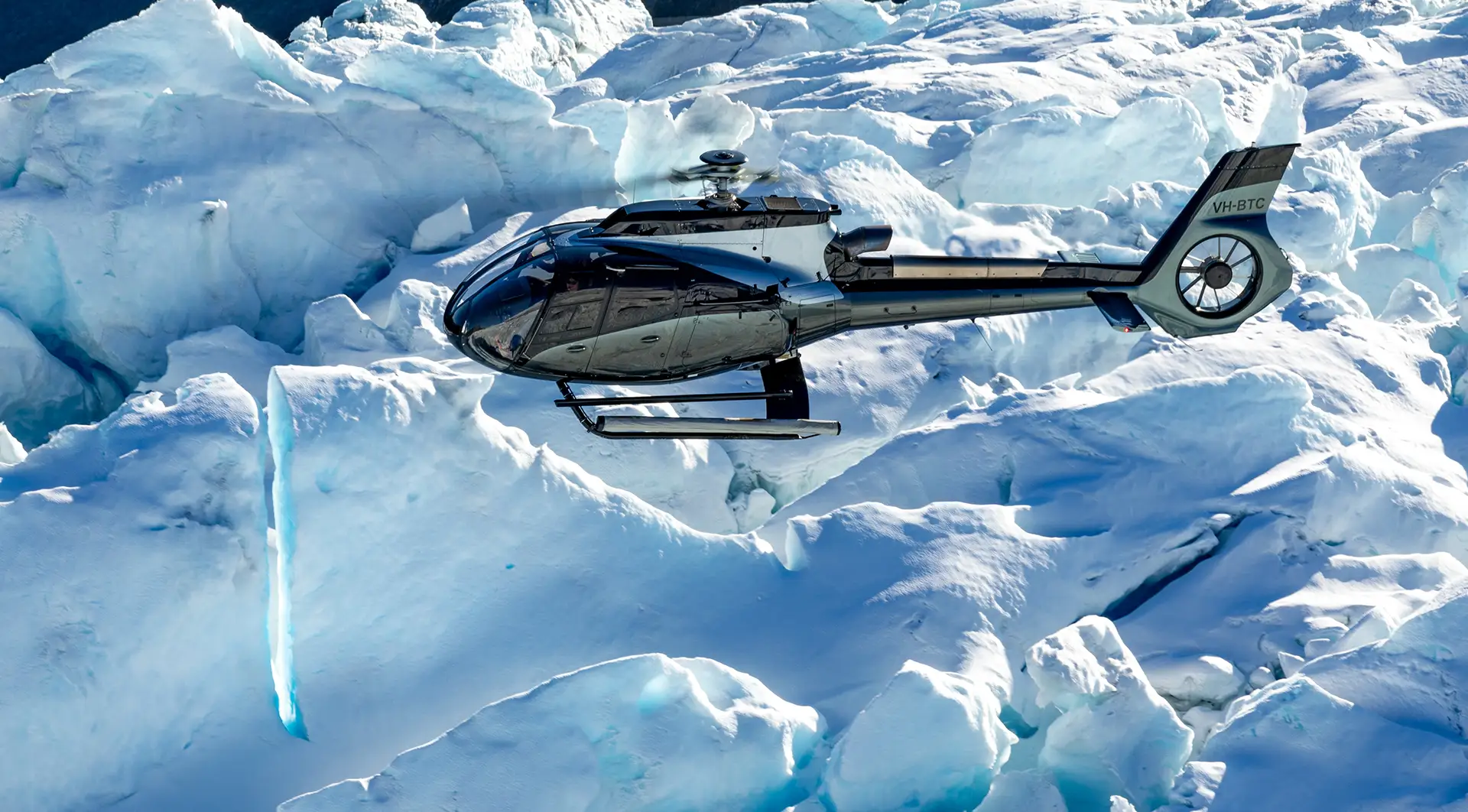
 HOME
HOME



